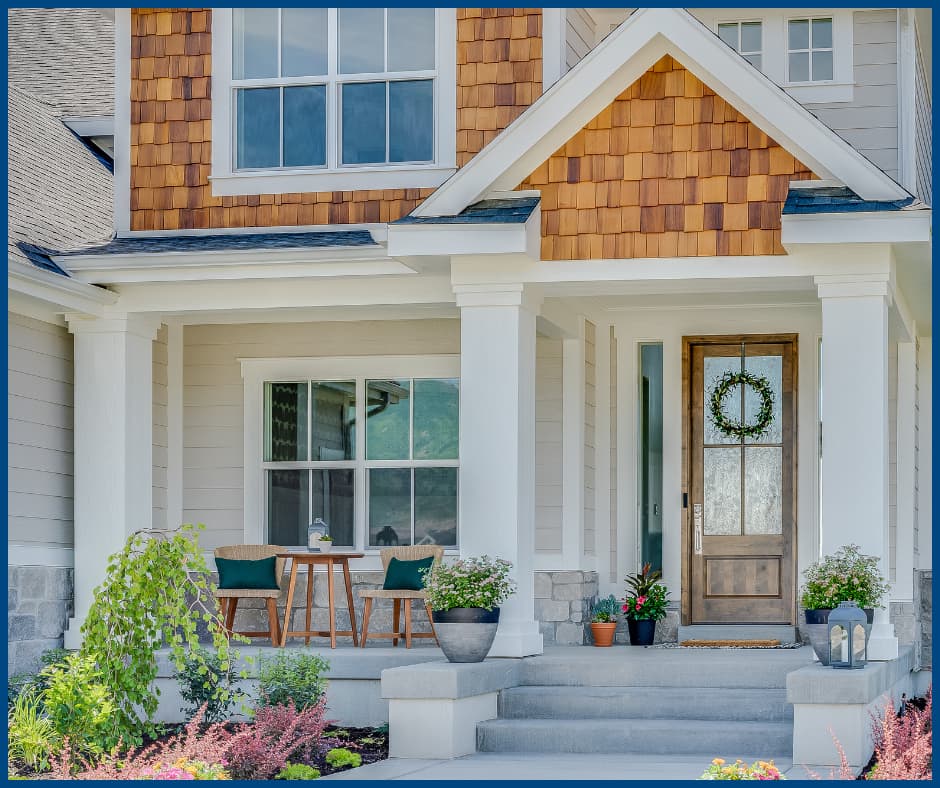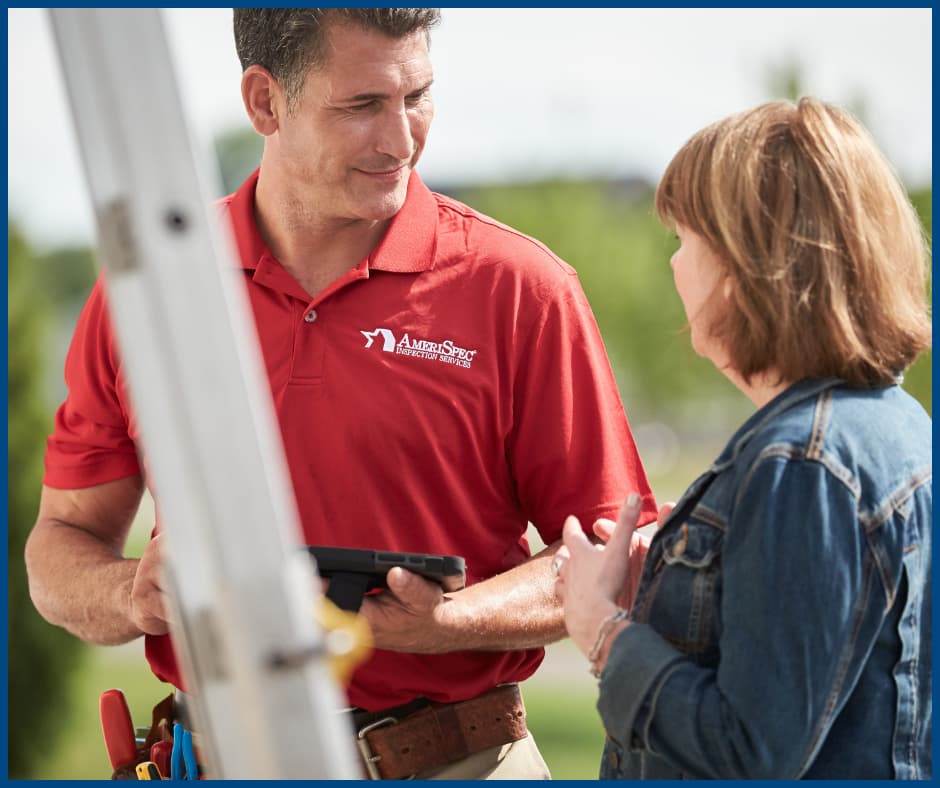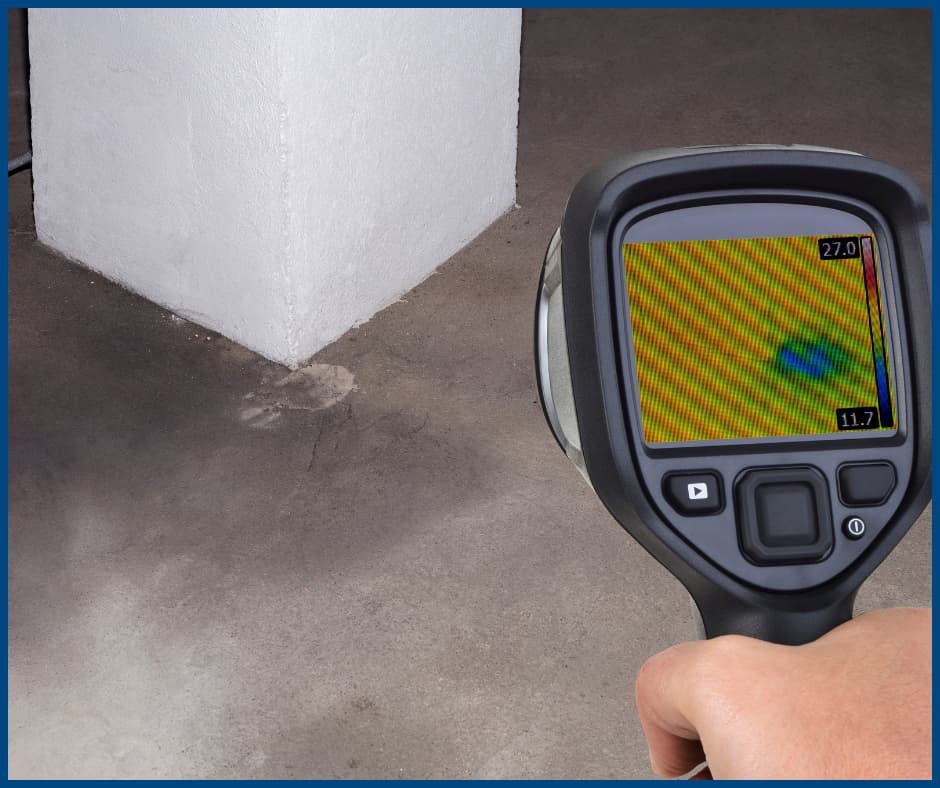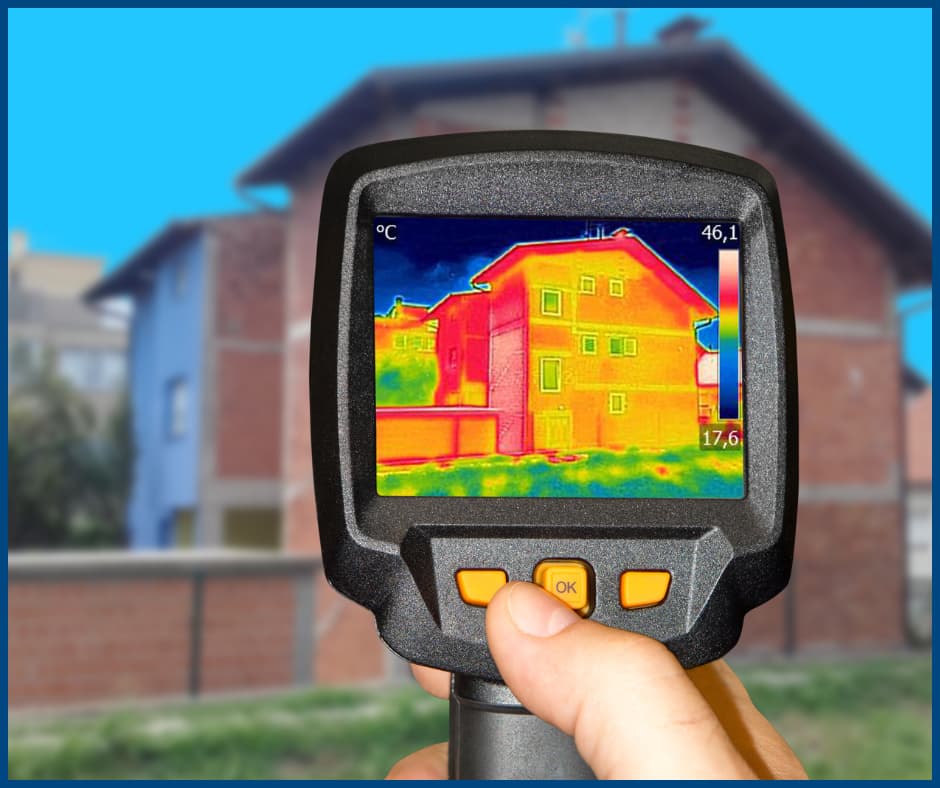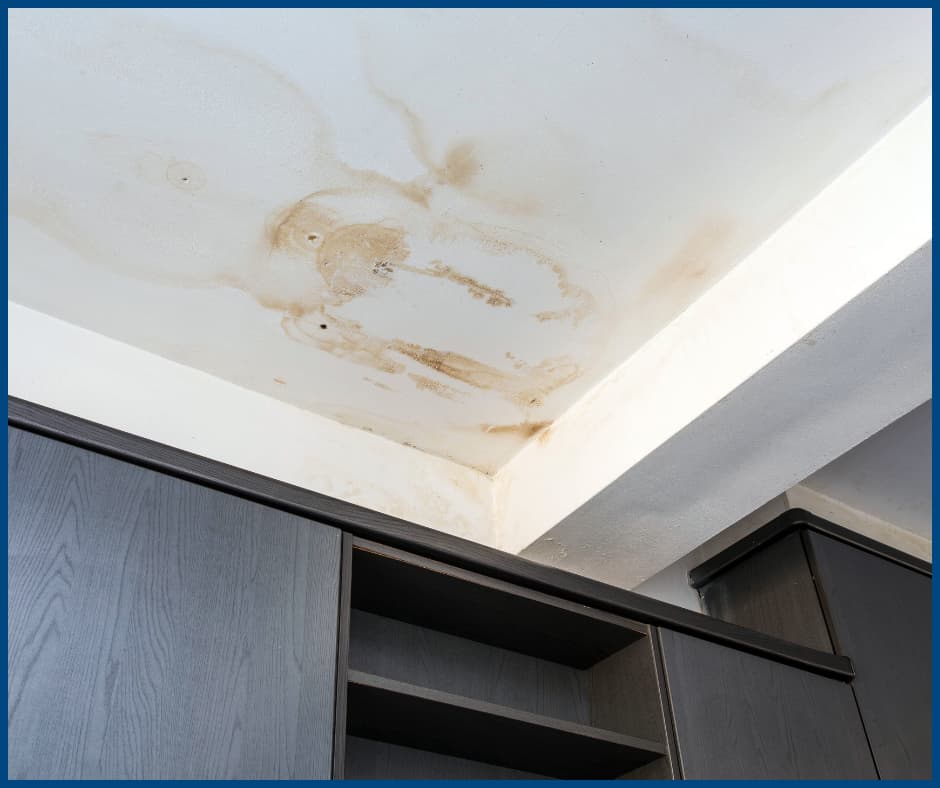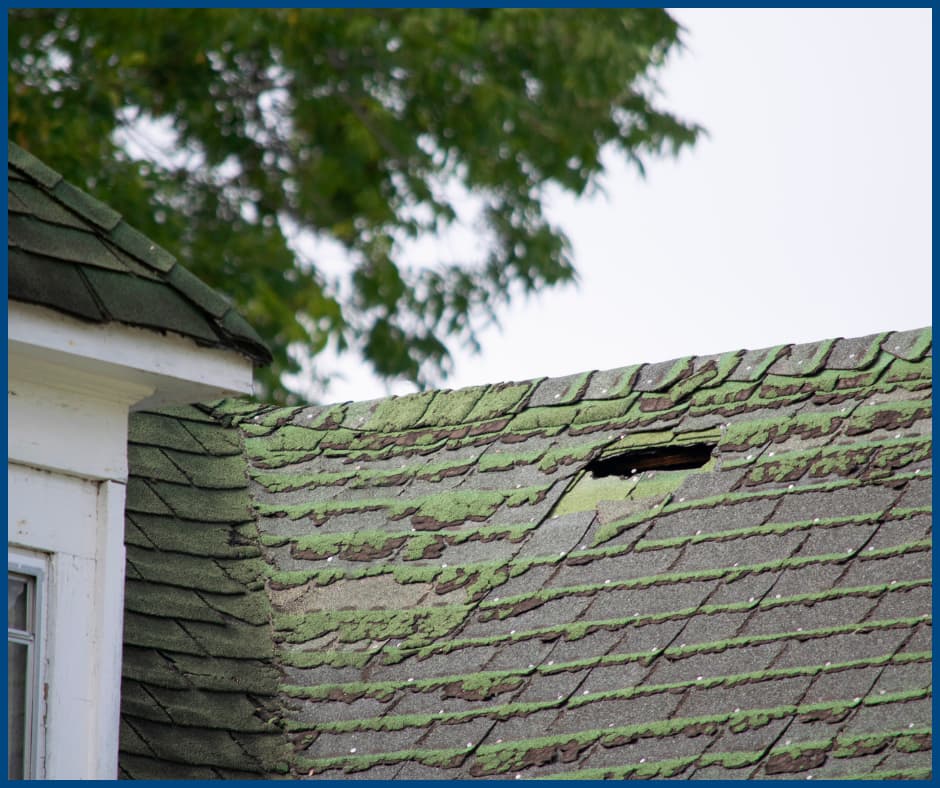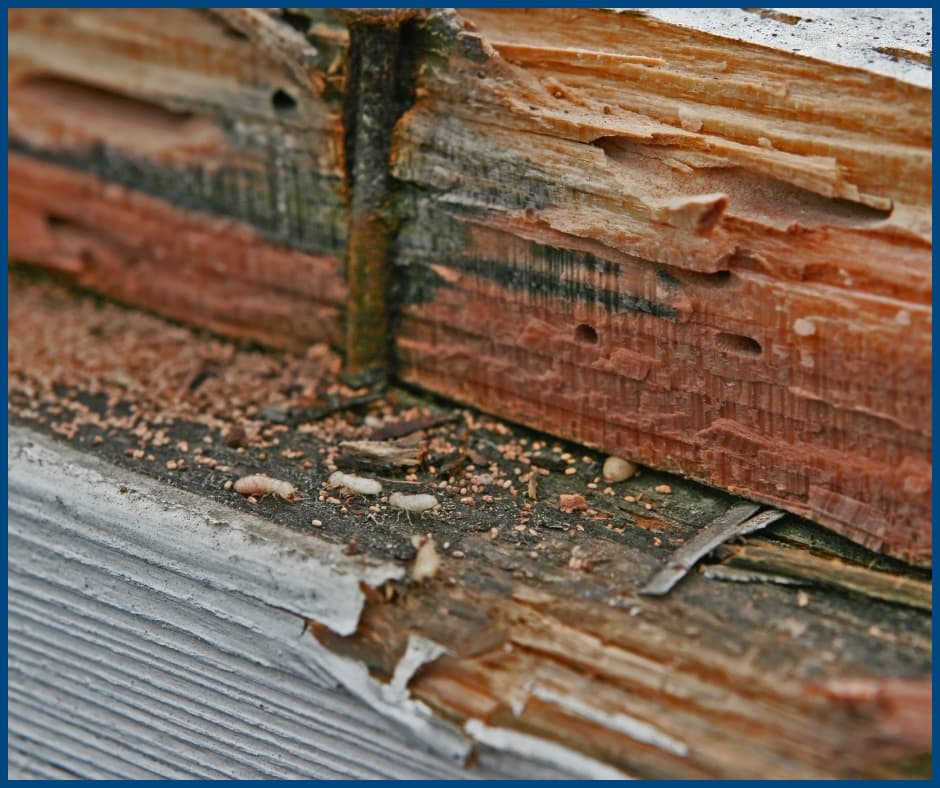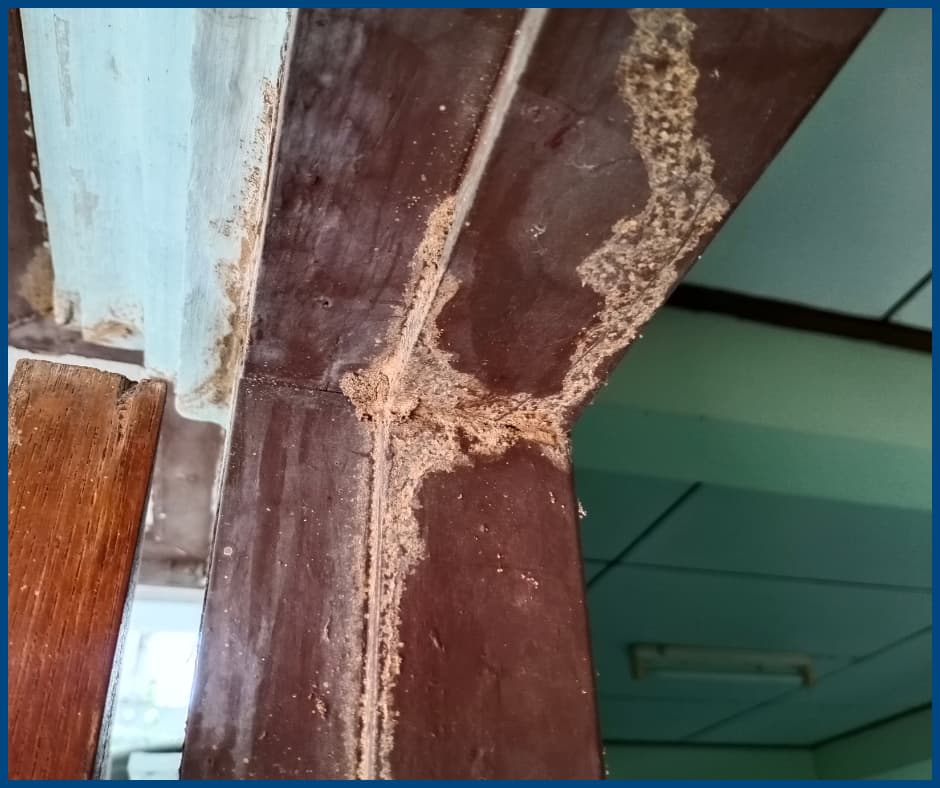Making the Most of Your 11-Month Warranty Inspection
Buying a new home is an exciting milestone, and the builder’s warranty offers peace of mind during the first year. However, one critical step is often overlooked: the 11-Month Warranty Inspection. This inspection ensures your home is in great shape before the warranty expires. Here’s why it’s essential and how it can save you time, money, and stress.
What Is an 11-Month Warranty Inspection?
An 11-Month Warranty Inspection is a detailed evaluation of your home’s condition, done just before your builder’s warranty ends. It identifies any issues that the builder is responsible for fixing so you don’t face unexpected repair costs later.
Key Benefits of the 11-Month Warranty Inspection
-
Identify Issues Early Even in new homes, hidden problems can occur. From cosmetic flaws to structural concerns, this inspection helps uncover issues you might not notice.
-
Save on Repairs The builder typically covers repairs for issues found during the warranty period. Without this inspection, you might end up paying for these repairs out of pocket.
-
Gain Peace of Mind Knowing your home has been professionally inspected gives you confidence as the warranty period ends.
What Does an 11-Month Warranty Inspection Cover?
At AmeriSpec Inspection Services, our certified inspectors evaluate over 400 key components of your home, including:
-
Roof and Exterior: Checking for leaks, drainage issues, and material defects.
-
Structural Elements: Inspecting for cracks, foundation issues, and framing concerns.
-
Electrical and Plumbing Systems: Ensuring everything works safely and efficiently.
-
HVAC Systems: Verifying proper installation and operation.
You’ll receive a detailed report with photos to help you communicate with your builder.
Why Timing Matters
Scheduling the inspection before your warranty expires is crucial. Builders are obligated to fix problems reported during the warranty period, but after it ends, the costs fall to you.
Partner with AmeriSpec for Your 11-Month Warranty Inspection
With over 60,000 inspections completed since 1995, AmeriSpec Inspection Services ensures your new home is thoroughly evaluated. Our inspections include:
-
A detailed report to share with your builder.
-
Experienced, certified inspectors.
-
Convenient Sunday appointments at no extra cost.
Choosing AmeriSpec means protecting your investment and gaining peace of mind.
Schedule Your Inspection Today
Don’t let your builder’s warranty expire without taking advantage of it. Schedule your Inspection with AmeriSpec Inspection Services to keep your home a source of comfort and security. Visit www.amsde.net to book your inspection today.
The Role of Infrared Technology in Inspections: Finding Hidden Problems
Home inspections play a crucial role in ensuring properties are safe, functional, and free from hidden issues. While traditional inspection methods remain effective, advancements in technology have introduced powerful tools that enhance the inspection process. One such innovation is infrared technology in inspections. But what exactly is it, and how does it help inspectors uncover hidden problems?
What Is Infrared Technology in Inspections?
Infrared technology, also known as thermal imaging, uses specialized cameras to detect and visualize heat energy. Every object emits infrared radiation, which is invisible to the naked eye. Thermal imaging cameras capture this radiation and translate it into a visual map of temperature variations, making it easier to identify anomalies that might indicate underlying issues.
How Does Infrared Technology in Inspections Benefit You?
Infrared technology has revolutionized the way inspectors approach their work. Here are some of the key benefits it brings:
-
Detecting Moisture Intrusion Infrared cameras can identify areas with unusual temperature differences, often caused by moisture intrusion. Whether it’s a leaky roof, plumbing issue, or foundation problem, thermal imaging helps pinpoint the source before visible damage appears.
-
Locating Electrical Issues Overheating electrical components can pose serious safety risks. Infrared technology allows inspectors to detect hotspots in wiring, breakers, or outlets, helping homeowners address potential fire hazards promptly.
-
Identifying Insulation Problems Poor insulation can lead to energy inefficiency and high utility bills. Thermal imaging reveals gaps or uneven insulation in walls, ceilings, or attics, enabling homeowners to make informed decisions about improving their home’s energy performance.
-
Uncovering HVAC System Inefficiencies Infrared cameras can assess the efficiency of heating and cooling systems by identifying leaks, blockages, or uneven air distribution in ductwork. This information helps homeowners maintain optimal comfort levels while reducing energy costs.
-
Revealing Pest Infestations Some pests, like termites and rodents, can create hidden damage that’s difficult to spot. Infrared technology detects temperature variations caused by nests, burrows, or infestations, allowing for early intervention.
Why Choose an Inspector Who Uses Infrared Technology in Inspections?
Hiring an inspector equipped with infrared technology provides a more comprehensive evaluation of your property. This cutting-edge tool uncovers problems that might otherwise go unnoticed, offering peace of mind and potentially saving you money on future repairs.
Partnering with AmeriSpec Inspection Services
At AmeriSpec Inspection Services, we’re committed to using advanced tools like infrared technology in inspections to deliver thorough and accurate evaluations. Our certified inspectors leverage thermal imaging to assess over 400 aspects of your home, ensuring no detail is overlooked.
Whether you’re buying, selling, or maintaining a home, our inspections provide the insights you need to make informed decisions. For more information or to schedule an inspection, visit our website at www.amsde.net.
Infrared technology in inspections is a game-changer in the world of property evaluations. By choosing professionals who embrace this innovation, you’re taking a proactive step toward protecting your investment and ensuring a safe, comfortable living environment.
Warning Signs Your Roof Needs an Inspection
Your roof plays a vital role in protecting your home from the elements, but it’s easy to overlook its condition until a problem arises. Recognizing the signs your roof needs an inspection can save you time, money, and stress by addressing issues before they escalate. Here are some key indicators that it’s time to give your roof the attention it deserves.
1. Missing or Damaged Shingles
Shingles are your roof’s first line of defense. If you notice any missing, cracked, or curled shingles, it’s a clear sign your roof needs an inspection. Damaged shingles can allow water to seep into your home, causing leaks and potential structural damage.
2. Water Stains or Leaks Inside Your Home
Water stains on ceilings or walls are often a telltale sign of roof trouble. These stains indicate that moisture is making its way into your home, possibly due to a roof leak. An inspection can pinpoint the source of the problem and prevent further damage.
3. Granules in Your Gutters
If you find shingle granules accumulating in your gutters or downspouts, it may mean your roof is aging and losing its protective layer. This is one of the subtle signs your roof needs an inspection, as granule loss can compromise its ability to protect your home.
4. Sagging Areas on the Roof
A sagging roof is never a good sign. It may indicate structural issues, such as water damage or weakened support beams. If you notice any sagging, schedule a roof inspection immediately to assess the severity of the problem.
5. Increased Energy Bills
If your heating or cooling bills have risen unexpectedly, your roof might be to blame. Poor insulation or damage to the roof can let conditioned air escape, forcing your HVAC system to work harder. An inspection can identify areas where your roof may be underperforming.
6. Age of the Roof
Roofs don’t last forever. Most asphalt shingles have a lifespan of about 20–25 years. If your roof is nearing or has surpassed this age, regular inspections are essential to catch issues early, even if there are no visible signs of damage.
7. Moss or Algae Growth
While moss or algae might seem like a cosmetic issue, they can hold moisture against your roof and lead to damage over time. If you see moss or dark streaks on your roof, it’s a good reason to schedule an inspection.
8. After Severe Weather
Storms, hail, and high winds can cause significant damage to your roof. Even if the damage isn’t immediately visible, it’s wise to have an inspection after severe weather to ensure your roof is still in good shape.
Why a Professional Roof Inspection Matters
A roof inspection by a qualified professional provides peace of mind. They can identify problems you may not notice and recommend solutions to keep your roof in top condition. Whether it’s a small repair or a full replacement, addressing roof issues promptly can prevent costly damage to your home.
If you’ve spotted any of these signs your roof needs an inspection, don’t wait! Schedule an inspection today to protect your home and ensure your roof continues to do its job effectively.
Termites: Uncover the Hidden Threat to Your Home
Termites are often called “silent destroyers” for a good reason. These tiny pests can cause significant damage to your home’s structure without being detected until it’s too late. Understanding these pests, their habits, and how to protect your property is essential for any homeowner.
What Are Termites?
Termites are small insects that feed on cellulose, the main component of wood. There are three primary types that homeowners need to watch out for:
-
Subterranean Termites: These live underground and build mud tubes to reach above-ground food sources. They are the most destructive type.
-
Drywood Termites: Found in dry wood, they don’t require contact with soil and often infest walls, furniture, and other wooden structures.
-
Dampwood Termites: Preferring wood with high moisture content, these are less common but can still cause damage if conditions are favorable.
Signs of an Infestation
Early detection is critical. Look for these signs:
-
Mud Tubes: Subterranean termites build pencil-width tubes to travel between their nest and food sources.
-
Discarded Wings: Swarmers, or reproductive termites, shed their wings after finding a place to mate and start a new colony.
-
Hollow-Sounding Wood: Tap on wooden structures. If they sound hollow, pests might be eating away from the inside.
-
Frass: Drywood termites leave behind small, pellet-like droppings.
Why Are They Dangerous?
These insects work silently and steadily, causing billions of dollars in property damage annually. Left unchecked, they can weaken wooden structures, compromise your home’s safety, and lead to costly repairs.
How to Prevent Them
Protecting your home from these pests requires proactive measures:
-
Eliminate Moisture: Fix leaks and ensure proper drainage around your home’s foundation to deter dampwood and subterranean termites.
-
Seal Cracks: Close gaps in your home’s exterior, including around doors and windows, to prevent pests from entering.
-
Store Wood Properly: Keep firewood and lumber away from your home and off the ground.
-
Schedule Inspections: Regular professional inspections can help detect and address activity before it becomes a major problem.
Professional Inspections
Hiring a professional inspector is the most reliable way to identify and prevent infestations. Experts use specialized tools and techniques to locate problems.
At AmeriSpec Inspection Services, we understand the importance of protecting your home from termites and other pests. Our certified inspectors provide thorough assessments to ensure your home remains safe and sound. Visit www.amsde.net to schedule an inspection and gain peace of mind.
Final Thoughts
Don’t let pests undermine your home’s value and safety. By recognizing the signs of infestation and taking preventive measures, you can protect your investment and avoid costly repairs. Stay vigilant and partner with trusted professionals to keep your home safe.
